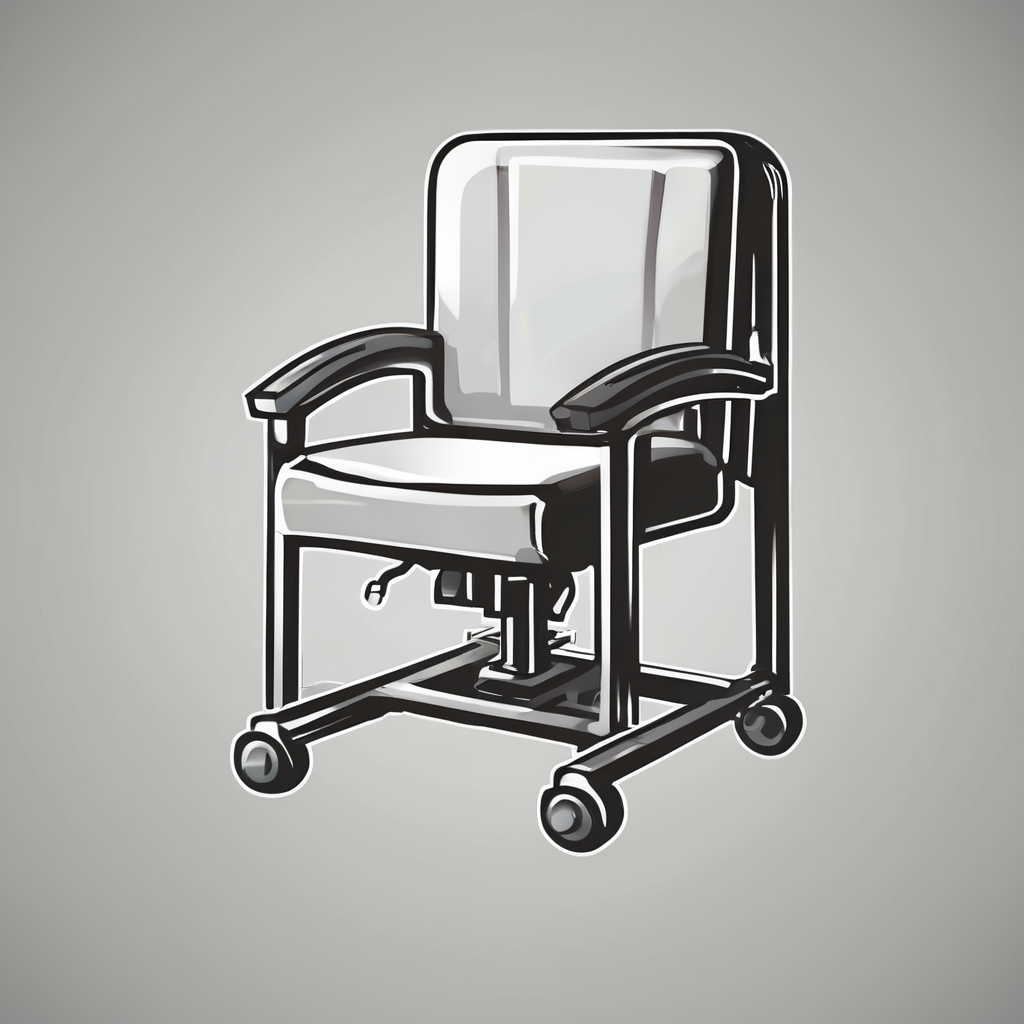Understanding Reaction Time in Badminton
Reaction time is a crucial component of badminton performance, influencing a player’s ability to respond swiftly and accurately to rapid plays. In essence, reaction time refers to the speed at which an individual can recognize a stimulus and respond accordingly. This is vital for badminton, where the shuttlecock can travel at incredible speeds.
Cognitive processing plays a significant role in determining reaction speed. The brain’s capability to process visual and auditory cues rapidly is essential. Scientific principles underline that faster cognitive processing decreases the time taken to react, thereby enhancing performance on the court. A well-honed reaction time allows players to anticipate opponents’ moves and position themselves effectively, making it a necessary skill for any competitive player.
In the same genre : Unlocking Advanced Aerodynamic Drag Insights for Peak Performance in Elite Speed Skating
Understanding the importance of reaction time extends beyond merely responding; it directly impacts the overall game performance. Quick reflexes enable players to maintain a competitive edge, engage efficiently in rallies, and execute strategic plays under pressure. Thus, cultivating effective reaction time strategies is an integral part of training that can significantly elevate a player’s competitive ability in badminton.
Exploring methods to improve this skill involves not just physical agility, but also mental training and practice, emphasizing the complex interplay between cognitive and physical conditioning in sports.
Additional reading : How Sports Shape Society: Key Influences for a Thriving Year
Techniques to Enhance Physical Reaction Time
Improving physical reaction time is essential for badminton players seeking to excel in fast-paced exchanges. A robust regimen that includes diverse physical training exercises can significantly boost agility and speed. Below are focused techniques:
Plyometric Exercises
Plyometric exercises, known for their ability to develop explosive power, are fundamental. They involve movements like jump squats and box jumps, which aim to increase muscle strength and agility. These exercises enhance quick footwork and allow players to react swiftly across the court.
Sprinting Drills
Incorporating sprinting drills into your training program can drastically increase speed development. Short, high-intensity sprints simulate the burst movements required during a badminton match. By mastering control over directional changes, athletes can better respond to opponents’ shots.
Shadowing Techniques
Shadowing techniques imitate the movements players need to execute during a game without a shuttlecock. This method improves anticipation skills and real-time reaction abilities. Engaging in shadowing drills can help in perfecting footwork and positioning, making quick on-court adjustments second nature.
Including such exercises in training helps develop comprehensive physical capabilities necessary for superior performance in badminton, linking speed with precision through agility drills and physical training for these hazardous quick moves.
Mental Strategies for Improved Reaction Time
Mental preparation is crucial for badminton players seeking to enhance their reaction time and overall performance. Employing focus techniques is a fundamental step, allowing players to maintain concentration despite the fast-paced nature of the sport. Mindfulness practices can significantly improve attention by helping athletes stay present and minimize distractions during play.
Visualization techniques are valuable for anticipation skills. By mentally simulating various play scenarios, players can condition their minds to foresee opponents’ moves, promoting quicker, more intuitive responses. This method builds a mental framework for reacting to different shots and situations that might arise in a game.
In addition, cognitive exercises enhance decision-making abilities under pressure. Simple activities like memory games or puzzles can increase mental agility and make players more adept at processing information rapidly. Regular engagement in these exercises can sharpen the mind’s response to stimuli, thus improving reaction time in badminton.
Moreover, athletes can benefit from setting specific mental goals and tracking their progress over time. This focus can foster a proactive approach to mental training, helping players build resilience and adaptability, which are key components of a strong, fast-reacting mind on the court.
Nutrition and Recovery for Optimal Performance
Proper nutrition and recovery strategies are essential in maximising a badminton player’s performance. Key nutrients play a pivotal role in supporting intense training and competition demands. A balanced diet rich in protein supports muscle repair, while carbohydrates serve as the primary energy source, ensuring players have the stamina required for prolonged matches. Including fats, vitamins, and minerals completes the nutritional framework critical for sustained energy.
Hydration is another vital aspect influencing performance and reaction speed. Maintaining adequate fluid levels helps regulate body temperature and prevent dehydration, which can impair both mental and physical faculties. Regular hydration guidelines suggest consuming water steadily throughout play and practice, adjusting intake based on intensity and environmental conditions.
Incorporating recovery techniques into a routine can greatly impact a player’s ability to perform at peak levels consistently. Practices such as stretching and foam rolling enhance flexibility and muscle relaxation, reducing soreness and improving overall recovery time. Ensuring adequate rest is a crucial component of recovery, allowing the body and mind to recuperate effectively and sustain high performance over time. By integrating comprehensive nutrition and recovery strategies, players can significantly boost their on-court abilities and maintain optimal health.
Drills and Exercises to Practice Reaction Time
Enhancing reaction time in badminton necessitates targeted training drills and exercises tailored to simulate real match conditions. These are crucial for fostering swift reflex actions and coordination. Players can refine their skills by incorporating a variety of movements designed to mimic actual game scenarios.
Dynamic shuttle drills offer an engaging way to simulate match situations. By reacting to unpredictable shuttle movements, players develop the agility and quick reflexes essential for effective on-court performances. Additionally, practicing these drills can help hone reaction exercises, pushing players to anticipate and respond to rapid changes in play.
Another effective method is the use of multi-directional drills. These simultaneously improve physical coordination and reaction speed by engaging players in constant motion. This type of exercise demands quick decision-making, fostering the development of practice techniques vital for superior badminton performance.
Furthermore, deploying assessment tools to measure progress in reaction time can be beneficial. This allows for precise tracking of improvements and identification of any areas needing further refinement. Players can analyze their performance data to make informed adjustments to their practice regimens, ensuring continuous development and skill enhancement on the badminton court.
Leveraging Technology for Training
Incorporating training technology can significantly boost badminton players’ performance by enhancing practice and performance tracking. Modern tools allow athletes to monitor various metrics, providing insights that are crucial for improvement. Wearable devices such as fitness trackers and smartwatches offer real-time data on heart rate and movement patterns. This information helps players adjust their physical efforts and optimize recovery stages effectively.
Utilising video analysis tools enables athletes and coaches to thoroughly review gameplay footage. This technology aids in pinpointing precise areas for enhancement, particularly concerning reaction time and agility. By dissecting plays, athletes can develop better reflexive responses and refine their techniques, aligning with strategic goals.
Interactive apps for skill development provide dynamic training modules that can be personalized according to individual needs. These apps are designed to simulate real match scenarios, encouraging players to engage in reactive practice exercises. They are powerful tools for honing skills by promoting consistent and targeted training sessions.
Integrating these smart tools into regular training regimens not only facilitates the identification of strengths and weaknesses but also helps maintain motivation through continuous progress tracking. Players equipped with technological support can experience a notable advantage, fostering an environment of measured and sustained athletic development.
Expert Insights from Elite Players and Coaches
Gleaning advice from elite players and seasoned coaches can offer invaluable insights into honing reaction time, a crucial asset for excelling in competitive badminton. Top athletes often highlight the significance of dedicated mental preparation alongside physical training. Former champion Lee Chong Wei, for example, emphasizes the necessity of a balanced approach that amalgamates quick reflexes developed through targeted physical drills with cognitive exercises enhancing focus and decision-making speed.
Coaches shed light on specific training methodologies that underpin elite performance. Tailored routines incorporating both established techniques like plyometric exercises and cutting-edge training technologies ensure comprehensive development. These programs focus on syncing physical agility with rapid cognitive processing to foster anticipatory skills that keep players a step ahead.
Studies from leading sports psychologists reinforcing the mindset shifts required for peak performance highlight how athletes use focus techniques to maintain composure under pressure. Access to facilitated workshops, taught by experienced coaches, showcases real-life examples of athlete transformations, demonstrating the potential for improved reaction time through structured, consistent practice.
Drawing from these experiences, players can craft personalised regimens that mirror the success strategies of professionals, integrating both mental and physical facets to achieve outstanding outcomes in badminton performance.
Leveraging Technology for Training
Incorporating training technology in badminton enhances players’ skills and boosts performance tracking. Modern tools, such as wearable devices, offer real-time data on heart rates and movement patterns, essential for adjusting training regimens. This data helps athletes monitor their physical efforts and optimize recovery phases, aligning with performance goals.
Video analysis tools provide a comprehensive review of gameplay. By dissecting footage, athletes can identify strengths and areas for improvement, which is crucial in refining reaction time and agility. This method allows for better reactive responses, aligning techniques with strategic objectives. Coaches and players can benefit by developing tailored plans to address specific needs highlighted through video feedback.
The use of apps for skill development can simulate real-match scenarios. These interactive applications provide dynamic training modules that adapt to individual needs, encouraging consistent practice. They allow players to engage in targeted exercises, enhancing their skills systematically over time.
Deploying smart tools in regular training routines not only helps in tracking improvements but keeps players motivated. By identifying strengths and weaknesses through technology-driven insights, athletes create an environment conducive to sustained development, ensuring a strategic advantage on the court.




